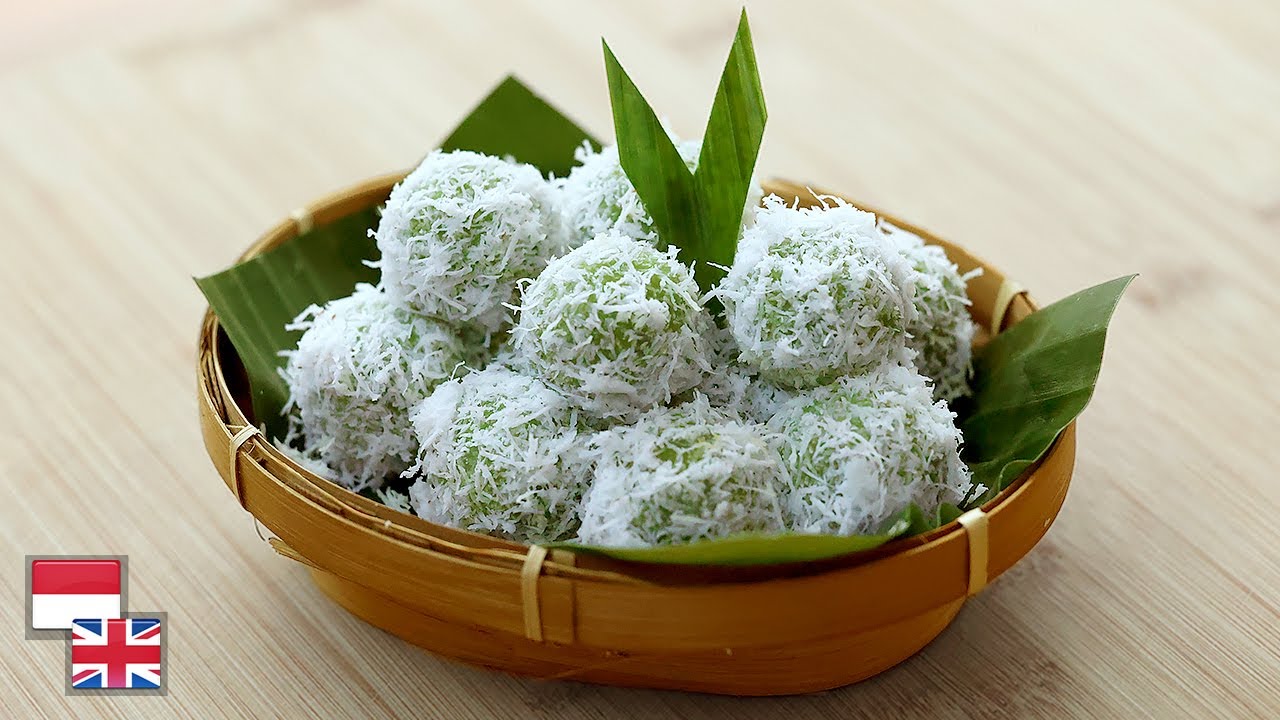Spesial! Resep RAWON KHAS JAWA TIMUR [Menu IdulAdha]
Summary
TLDRIn this video, Devina Hermawan shares a simple yet flavorful recipe for Rawon, a savory Indonesian meat dish. She emphasizes the importance of fresh ingredients and the right blend of spices, including garlic, shallots, and turmeric, with a special mention of the aromatic keluak. The process involves sautéing spices, pressure cooking beef shank until tender, and making a spicy Thai Chili Sambal. Devina also highlights the use of her Toshiba refrigerator for ingredient storage, praising its cooling and odor-neutralizing features. The final dish is a fragrant, refreshing soup with tender meat and classic add-ons like salted egg and bean sprouts, perfect for those who prefer a lighter taste.
Takeaways
- 🍲 The video is a tutorial on making Rawon, a savory and fragrant meat dish with a thick soup.
- 🌿 The ingredients must be fresh, and the host stores them in a Toshiba refrigerator for optimal freshness.
- 🐂 Beef shank is used, but other cuts can be substituted according to preference.
- 🧄 Key blended spices include garlic, shallots, candlenuts, turmeric, and keluak, with keluak being particularly important for its quality.
- 🌶 A spicy Thai Chili Sambal is prepared as a component of the dish, adding a kick to the flavor profile.
- 🍅 Additional aromatics like bay leaf, kaffir lime leaf, lemongrass, green onions, and tomato are essential for the soup's aroma.
- 🔥 The spices are sautéed on medium-low heat to ensure they cook properly and do not burn, which would affect the flavor.
- 🍳 Cooking the meat with the soup is a practical method, and pressure cooking is recommended for tenderness.
- 💧 The amount of water used in the recipe is crucial; too much can dilute the flavors.
- 🕒 Pressure cooking time varies depending on the cut of meat, with beef shank requiring 60-80 minutes.
- 🛒 The video highlights the importance of using quality ingredients and proper storage, promoting the Toshiba refrigerator's features.
- 📸 The host encourages viewers to share their recreations of the dish on social media, tagging the host's accounts.
Q & A
What is Rawon and why is it the host's favorite meat dish?
-Rawon is a savory and fragrant Indonesian beef stew. It is the host's favorite because of its unique taste, thick soup, and the simplicity of the preparation process despite the need for fresh ingredients.
What type of beef is recommended for making Rawon according to the script?
-The script recommends using beef shank, but other cuts can be used based on personal preference.
What are the key ingredients for the blended spices in Rawon?
-The key ingredients for the blended spices are garlic, shallots, candlenuts, turmeric, keluak, and oil.
Why is the keluak ingredient important and what should its appearance be?
-Keluak is important for its unique flavor in Rawon. It should be jet black, shiny, and not dry or bitter.
What is the purpose of sautéing the blended spices on medium-low heat?
-Sautéing the spices on medium-low heat ensures they are properly cooked until fragrant without burning, which could cause a bad smell and bitter taste.
Why is it suggested to use a pressure cooker for cooking Rawon?
-A pressure cooker is used to tenderize the fibrous beef shank in a shorter time, reducing the cooking time significantly compared to boiling.
What is the recommended cooking time for beef shank in a pressure cooker according to the script?
-The recommended cooking time for beef shank in a pressure cooker is 60 to 80 minutes to ensure tenderness.
What is Thai Chili Sambal and how is it made?
-Thai Chili Sambal is a spicy condiment made with Thai chili, oil, and garlic. It is cooked until the water is reduced and seasoned with salt, sugar, and stock powder.
What are the classic add-ons for Rawon and why are they suitable for the dish?
-The classic add-ons for Rawon are salted egg, bean sprouts, lime, and Sambal. They complement the dish by adding texture, acidity, and spiciness.
Why does the host recommend storing ingredients in a Toshiba refrigerator?
-The host recommends the Toshiba refrigerator due to its AirFALL Cooling feature for even cooling, Pure Bio Technology for odor neutralization and bacteria killing, and a water tank dispenser for easy access to drinking water.
What is the host's preference regarding the taste of Rawon and why?
-The host prefers Rawon that tastes light, not too salty or sweet, with a refreshing soup and aromatic ingredients like keluak, lemongrass, bay leaf, and lime leaf.
Outlines

This section is available to paid users only. Please upgrade to access this part.
Upgrade NowMindmap

This section is available to paid users only. Please upgrade to access this part.
Upgrade NowKeywords

This section is available to paid users only. Please upgrade to access this part.
Upgrade NowHighlights

This section is available to paid users only. Please upgrade to access this part.
Upgrade NowTranscripts

This section is available to paid users only. Please upgrade to access this part.
Upgrade NowBrowse More Related Video

Resep AYAM GORENG Favorit Keluarga: 5 Bahan Saja, Rasa Bintang 5!

Top Ala Restoran: Resep Saus Padang Untuk Cumi Dan Seafood Lainnya

Murah Bukan Murahan! Resep Dimsum Ayam Istimewa: HALAL Gurih Kenyal [Rp 1.000]

Resep GOHYONG VIRAL CIKINI: Lengkap Dengan Kuah Sausnya

Praktis & Istimewa! Resep BIHUN KUAH SAPI IRIS [Favorit Keluarga]

EMPUK SEHARIAN! Resep KUE KLEPON: Lembut, Kenyal, Lumer Di Mulut [Takjil]
5.0 / 5 (0 votes)